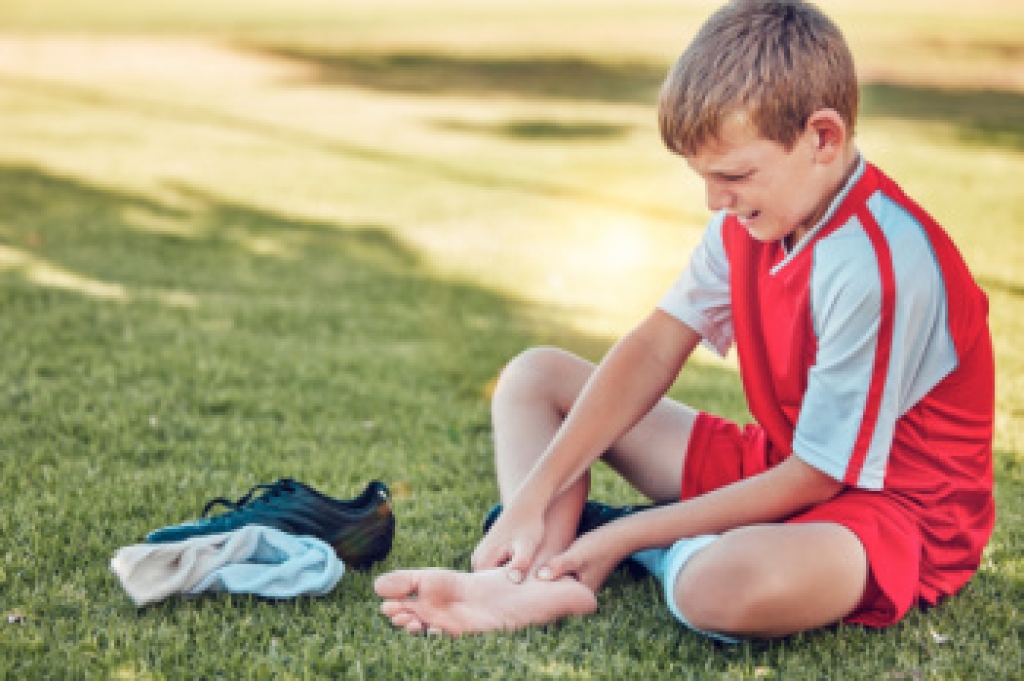
Sever's disease causes heel pain in active children, typically during growth spurts between nine and fourteen. Sever’s disease arises when the growth plate in the heel, a softer area of developing bone, becomes irritated due to repetitive stress or tightness in surrounding tendons and muscles. Signs of Sever's disease include heel pain or tenderness, swelling, redness, stiffness in the foot upon waking, limping, or walking on tiptoes. Symptoms often worsen during or after physical activities like running or jumping, but improve with rest. Active children involved in sports are at higher risk. A chiropodist can evaluate your child's symptoms and recommend activity modification, supportive footwear, or orthotic inserts to reduce heel stress. They can also suggest exercises to relieve tight muscles and prevent recurrence. If your active child complains of heel pain, it is suggested that you schedule an appointment with a chiropodist to find out if Sever's disease is the cause.
Sever’s disease typically affects young children and teenagers. If your child complains of foot pain, please consult with one of the chiropodists from The Footcare Centre. Our chiropodists will assess your condition and provide you with quality foot and ankle treatment.
What Is Sever’s Disease?
Sever’s disease, also known as calcaneal apophysitis, is an inflammation of the growth plate in the heel bone. It is typically caused by overuse due to repetitive activities such as running, jumping, and playing certain sports. This condition most frequently affects children between the ages of 8 and 14.
Symptoms
Symptoms of Sever’s disease include:
- Pain in the back or bottom of the heel
- Pain when the sides of the heel are squeezed
- Limping or walking on tiptoes to avoid putting pressure on the heel
- Difficulty running, jumping, or participating in usual activities
- Fatigue
Diagnosis
Sever’s disease is diagnosed by taking a thorough medical history and performing a physical examination. Imaging studies, such as an X-ray, can help rule out other injuries like a fracture.
Treatment
Sever’s disease typically heals without any long-term complications. Treatment involves resting the affected foot by reducing typical activities, wearing orthotics to support the foot, immobilizing the affected foot, taking medications to reduce pain and inflammation, and stretching the foot.
If you have any questions, please feel free to contact our office located in . We offer the newest diagnostic and treatment technologies for all your foot care needs.
